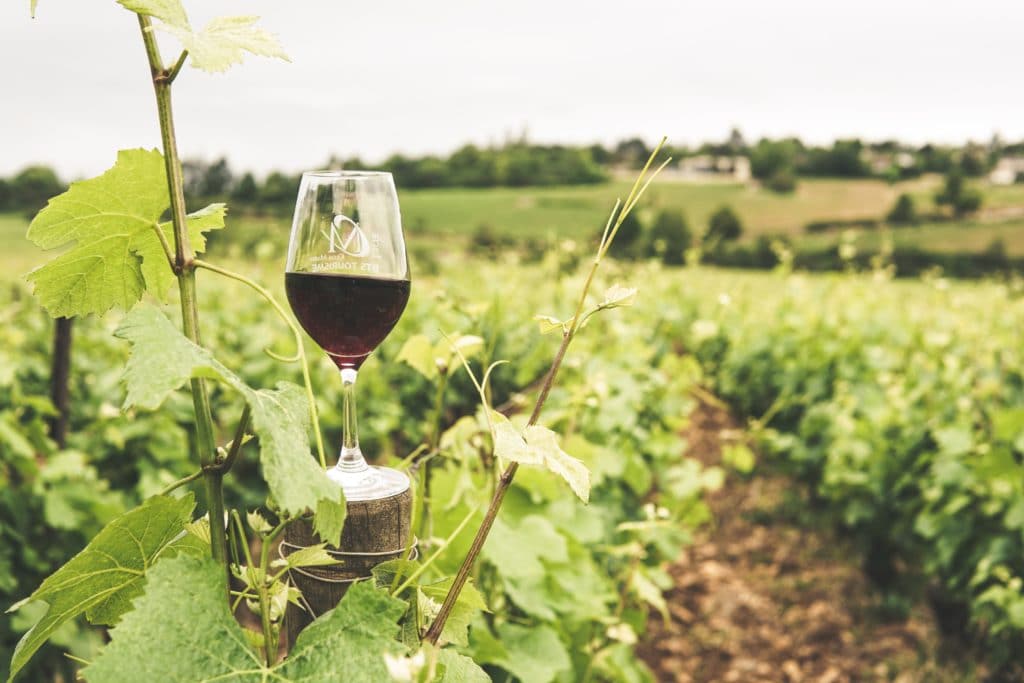The bouquet of scents that fine wine aroma produces is as intoxicating as the drinking of the wine itself can be. Understanding the aroma of fine wine can be a challenge, so we have provided a simple to follow guide to increase your knowledge of this wine tasting experience.
We smell the wine by bringing the glass to our nose and drawing in the scent with a deep breath. The nose can differentiate between thousands of scents using the olfactory system. At the same time, the tongue is limited in its tasting capabilities, which is why the nose is so important in the fine wine tasting experience.
The art of smelling fine wine
Pour your wine and after viewing from all angles to appreciate the colour, swirl the wine around the glass for at least 10 seconds and then bring it up to your nose and inhale deeply. You may choose to keep your mouth slightly open and your eyes closed; that is a matter of personal choice. When you swirl, the alcohol scent diminishes, and the different scent notes can come through as it attaches to the oxygen.
It takes years for a fine wine expert to achieve the ability to understand all of the scents and notes of the different wines. Anyone can develop an appreciation of wine and the complex aromas each grape variety and region provide.
Take a look at our recommendations for English wines to see how they match up against our beloved European fine wines and the New World variety.
What information comes to mind?
Can you detect floral or fruity notes? Orange blossom, rose, apple, citrus or berries? These are the Primary aromas That are derived from the grapes and the environment they are exposed to. Perhaps you get oak or a woody aroma coming through with undertones of nuts and vanilla? These are known as secondary aromas.
Fine wine really does improve with age.
When fine wine is left to age in the cask or bottle, this develops Tertiary aromas, producing notes including coffee, cigars, mushrooms, chocolate, toffee, and leather. A wine aged in stainless steel vats a much lighter in aroma and primary scents come through, making these wines floral and fruity; unless the wine goes through a second fermentation process, the wine will present richer sweeter scents which are known as bouquets.
Understanding the aroma of fine wine can be rather complex, but it doesn’t have to be. Start by choosing a good vintage fine wine such as the 1983 Chateau Latour Premier Cru Classe, Pauillac and start to hone your wine aroma skills; you’ll be an expert in no time and get to enjoy some jolly delightful wines in the process.







